Scientific + luxurious — exploring how low gravity could change fermentation, flavor, and the rise of space-based vineyards on the Moon by the 2030s.
Lunar Winery Tours: Could Wine Taste Better in Low Gravity?
Introduction: A New Era of Wine Beyond Earth
Imagine sipping a glass of Moon-made Cabernet beneath the glow of Earthrise — welcome to the age of lunar winery tourism.
As humanity prepares for settlements like the ESA Moon Village, researchers and private firms are exploring how low gravity might transform wine’s flavor, texture, and fermentation process.
This isn’t just science; it’s the beginning of luxury cultural tourism in space — where viticulture meets vacuum.
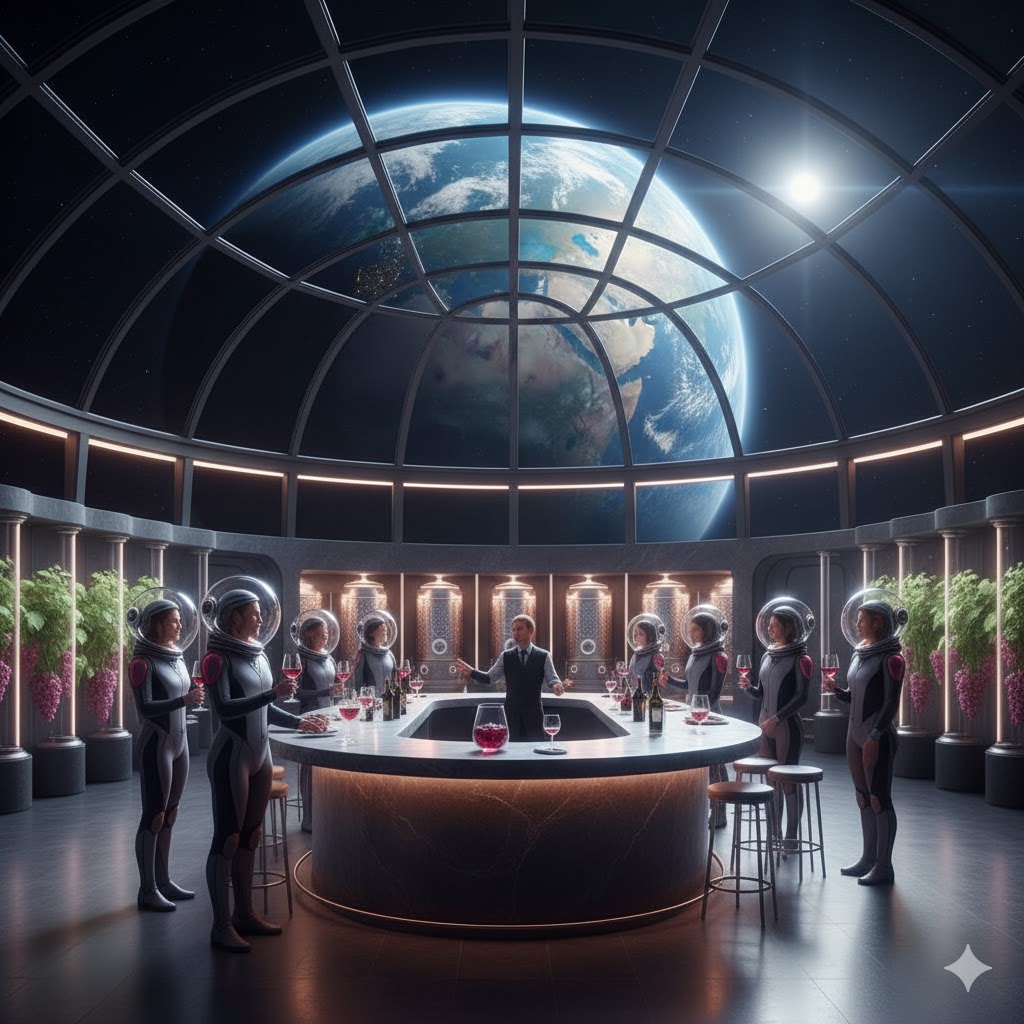
1. The Science Behind Space Fermentation
Wine is a living art form — yeast, sugars, and oxygen interact delicately to create flavor.
But in low gravity, fermentation behaves differently:
- Bubbles rise slowly, creating creamier textures.
- Yeast activity shifts, potentially enhancing aroma.
- Aging accelerates under radiation and temperature cycles.
NASA’s early microgravity experiments hinted at unique molecular changes in wine components during orbit, sparking interest from wineries across France, Italy, and California.
Source 1: Learn about related studies from NASA’s Space Biology Research.
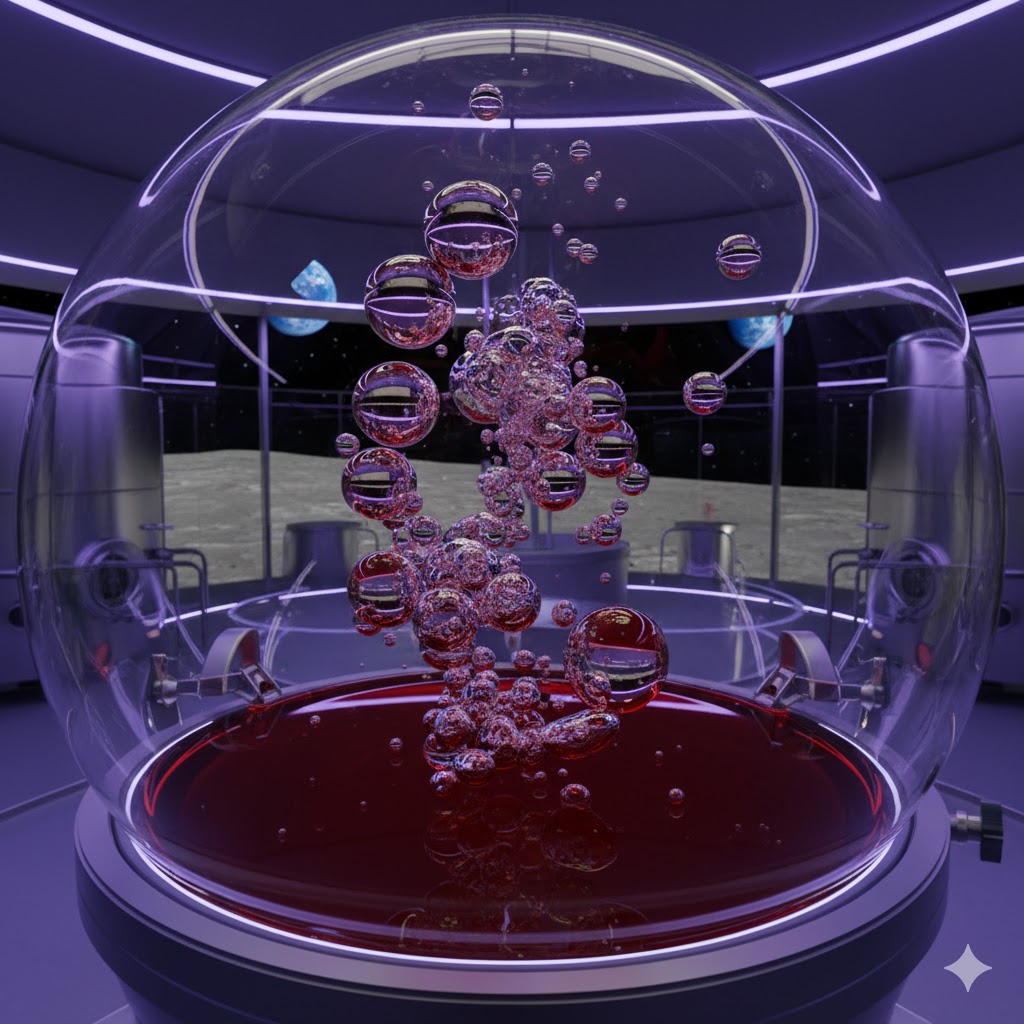
2. Building the First Moon Vineyard
The Moon’s surface offers both challenges and opportunities for lunar winery tourism.
Grapevines require sunlight and controlled humidity — achievable through pressurized greenhouse domes with recycled water and nutrient-rich soil simulants.
ESA and private companies are already testing hydroponic growth systems that could support small-scale vineyards by the 2030s.
Tourists visiting the first Lunar Vineyard Dome may help harvest vines under starlight and witness fermentation tanks glowing with solar energy.
Must See: Similar sustainability methods appear in Moon Village Tourism: Humanity’s First Tourist Town in Space.
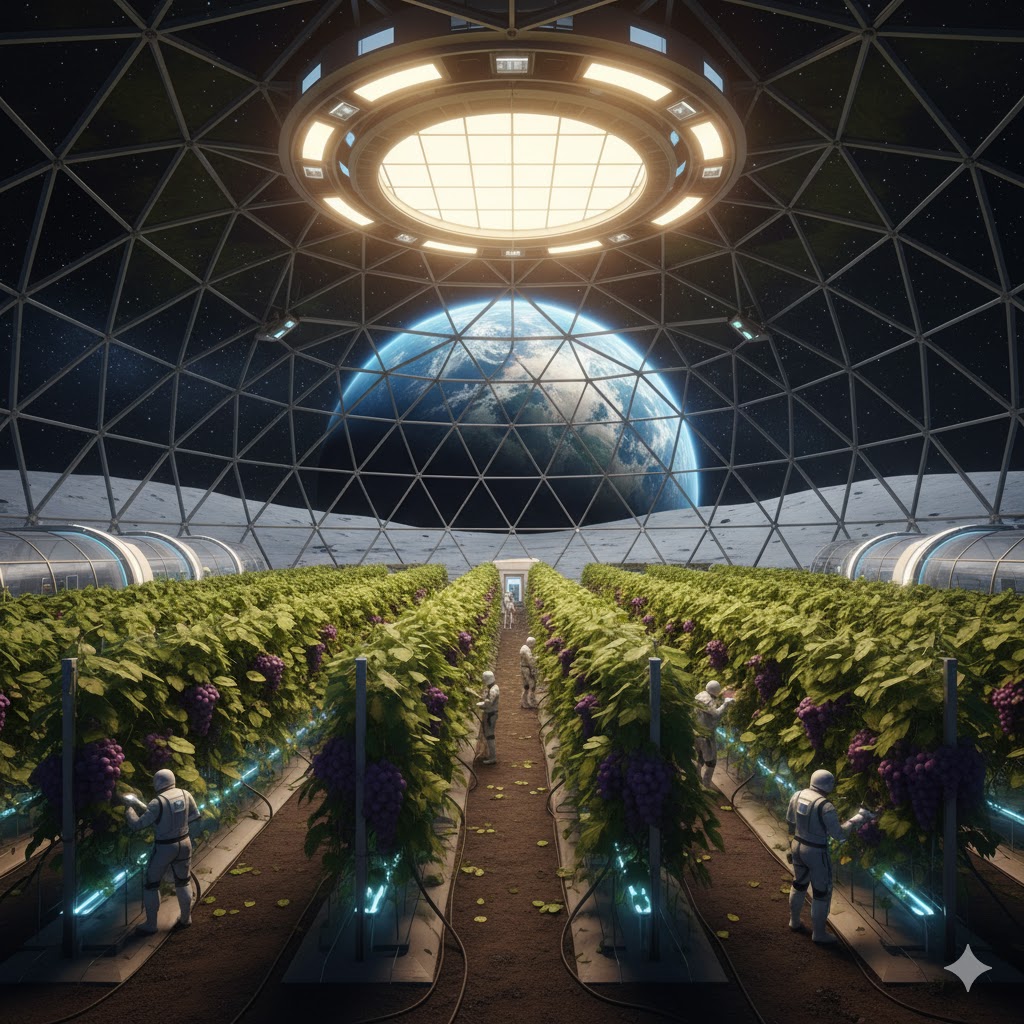
3. A New Luxury Experience: Space Sommelier Tours
Wine tourism on Earth is about taste, story, and setting — on the Moon, it becomes pure theater.
Imagine:
- A low-gravity tasting room where wine swirls slower, enhancing aroma.
- A floating dining experience where couples enjoy microgravity meals.
- Personalized bottles sealed with lunar dust labels — collectible and priceless.
Each glass tells a story of science, art, and exploration.
Source 2: For comparison, read about luxury orbital experiences at Space Perspective.
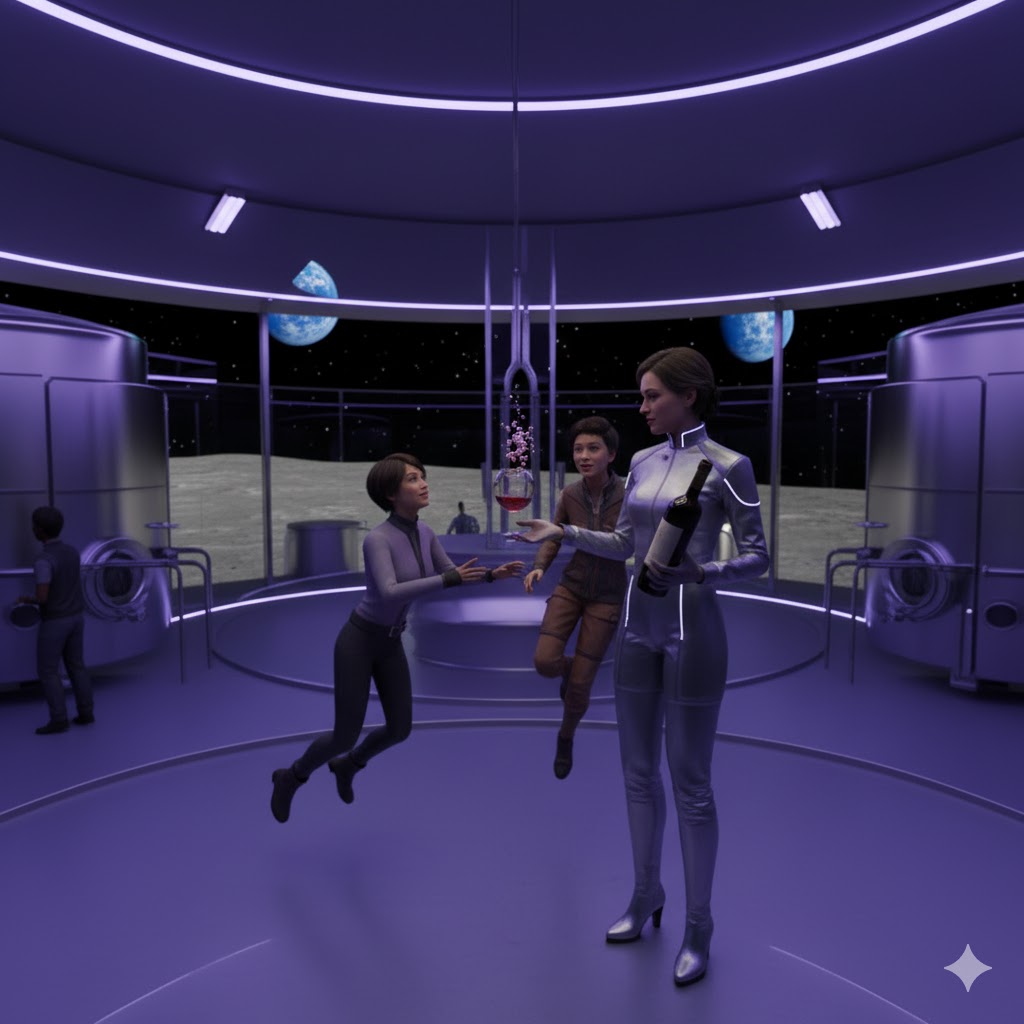
4. The Taste Test: Does Wine Change Flavor in Space?
In 2021, the Institut des Sciences de la Vigne et du Vin (ISVV) conducted experiments aboard the ISS.
They discovered that wine aged in orbit developed smoother tannins and richer notes compared to Earth-aged counterparts.
This discovery fueled speculation that lunar gravity (1/6th of Earth) could yield a more refined, silky palate.
Future tours will include side-by-side tastings:
- Earth-aged vs. Moon-aged bottles
- Microgravity vs. partial-gravity fermentation
- “Earthrise Editions” vintage wine collections
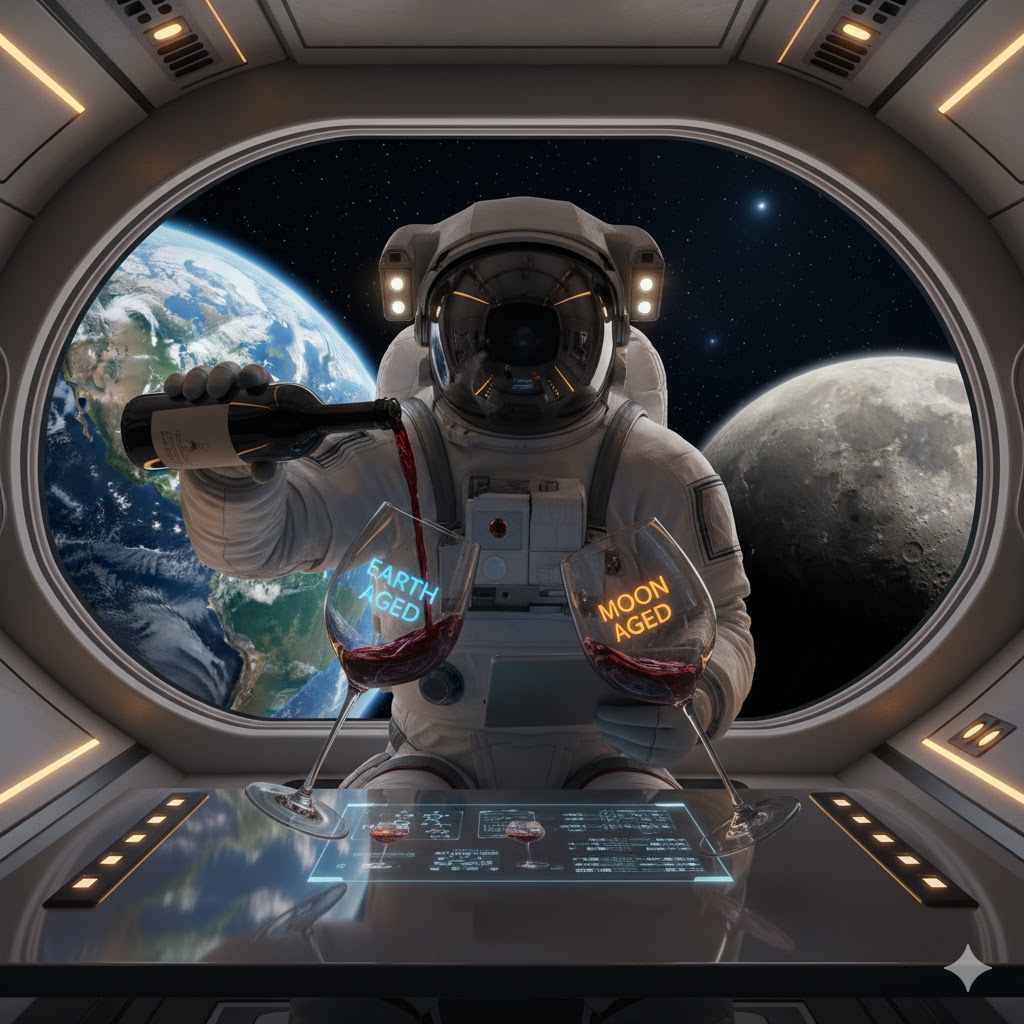
5. Inside the Lunar Winery Tour Experience
A typical lunar winery tourism itinerary might include:
- Launch from Earth aboard SpaceX Starship with luxury cabin service.
- Dock at Moon Village, check-in at Lunar Vineyard Resort.
- Guided tour of hydroponic vineyard domes and fermentation labs.
- Zero-gravity tasting event in the Earthrise Lounge.
- Cultural evening featuring music, food, and interplanetary art pairings.
Must See: Echoes the romantic appeal found in Interstellar Honeymoons: Love Stories Written Among the Stars.
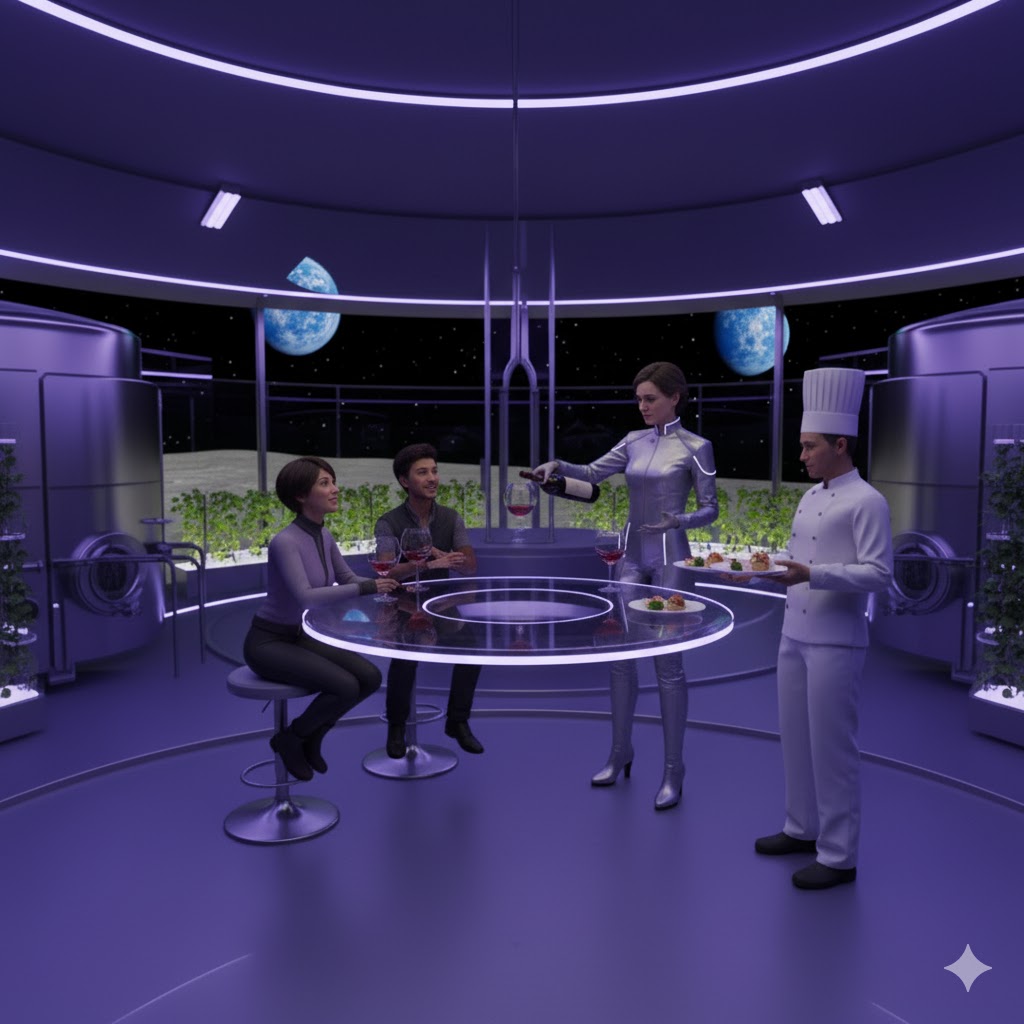
6. Sustainable Viticulture in Space
Lunar winemaking promotes closed-loop sustainability — a model for future off-world living.
- Water is recycled from condensation systems.
- Organic waste from grape processing supports oxygen regeneration.
- Solar panels provide consistent energy for artificial sunlight.
Every sip of lunar wine could represent a step toward self-sufficient life in space.
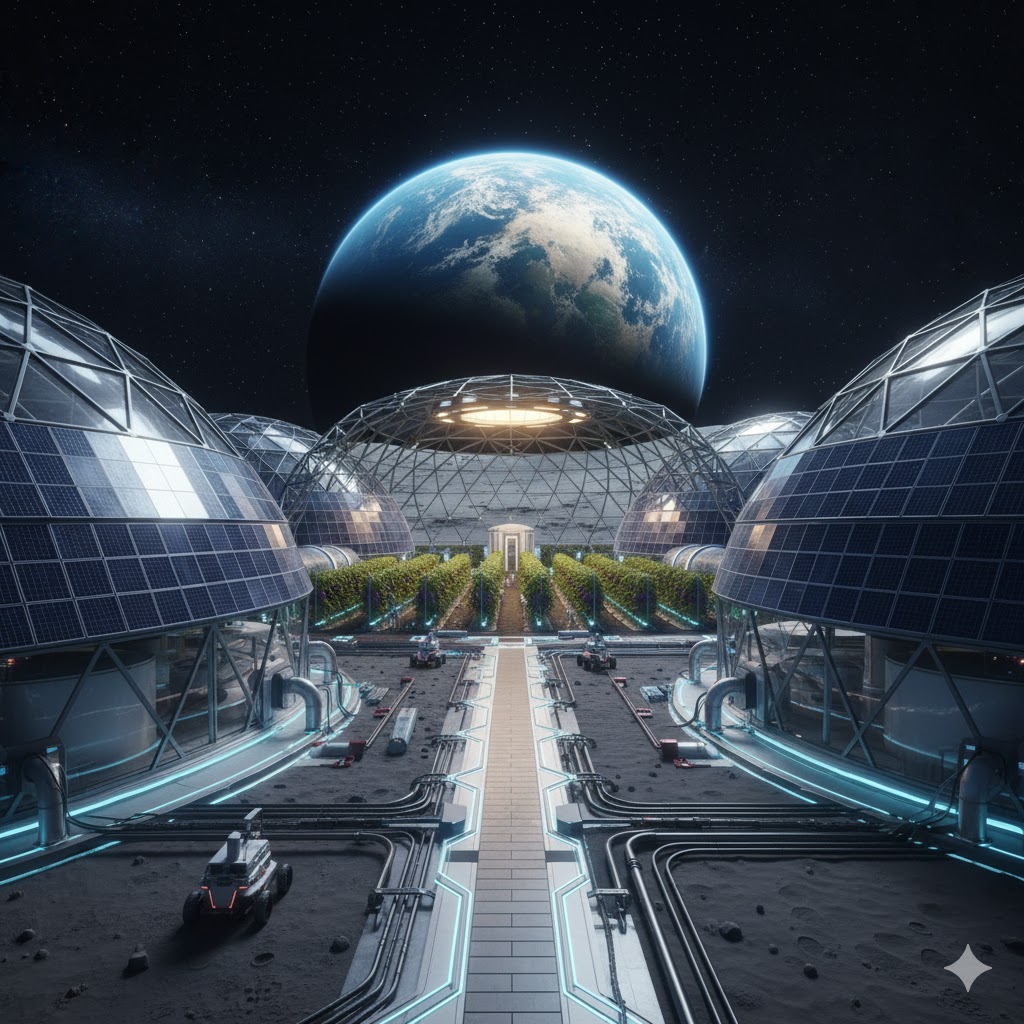
7. The Business Potential of Lunar Winery Tourism
Experts predict a billion-dollar niche market by the late 2030s.
Luxury travelers and collectors will pay premium prices for:
- Limited-edition lunar wines
- Private zero-gravity tasting events
- Personalized “vintage missions”
Partnerships between SpaceX, ESA, and high-end wineries could lead to the world’s first “astro-viticulture” brand — merging science and sensuality.
8. Ethics, Safety, and Cultural Impact
Wine is deeply cultural — and taking it to the Moon raises questions:
Should the Moon remain untouched, or can it host human art forms responsibly?
ESA promotes a cultural preservation code — ensuring space-based wineries remain sustainable, educational, and cooperative.
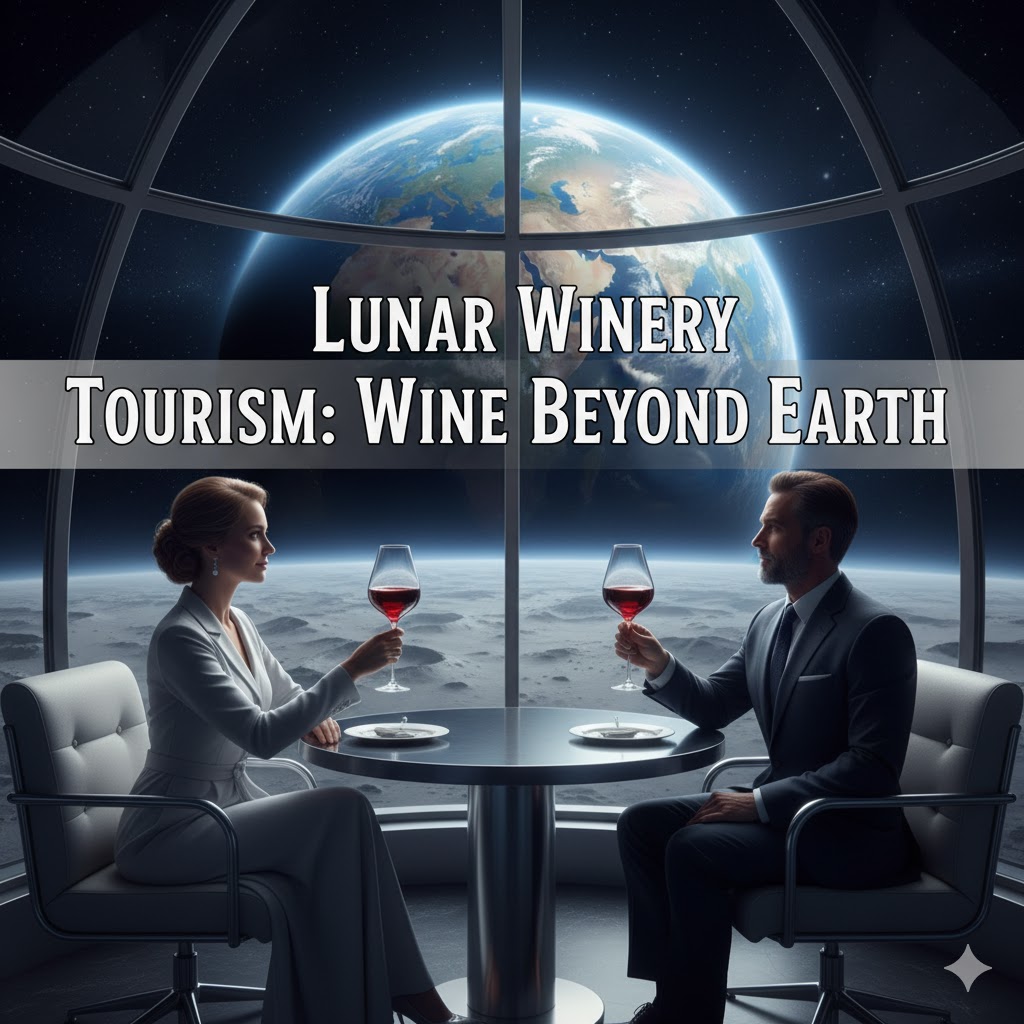
Traveler Review:
Lunar winery tourism is where science meets art — a toast to humanity’s bold spirit.
In a few decades, the idea of celebrating anniversaries or honeymoons beneath Earth’s glow with a glass of Moon-grown Chardonnay won’t just be fantasy — it’ll be the pinnacle of luxury space travel.
The future of fine wine isn’t in a French valley — it’s floating gently in the Sea of Tranquility.
FAQs
Q1: What is lunar winery tourism?
It’s the concept of cultivating and tasting wine on the Moon under low gravity.
Q2: Who is researching space winemaking?
NASA, ESA, and private vineyards are experimenting with fermentation in microgravity.
Q3: Will wine taste different on the Moon?
Yes — altered gravity and radiation can change aroma, texture, and flavor complexity.
Q4: When could lunar winery tourism start?
Likely by the late 2030s, when Moon habitats and greenhouse systems are mature.
Q5: Is it environmentally sustainable?
Yes — closed-loop systems recycle air, water, and nutrients to minimize waste.

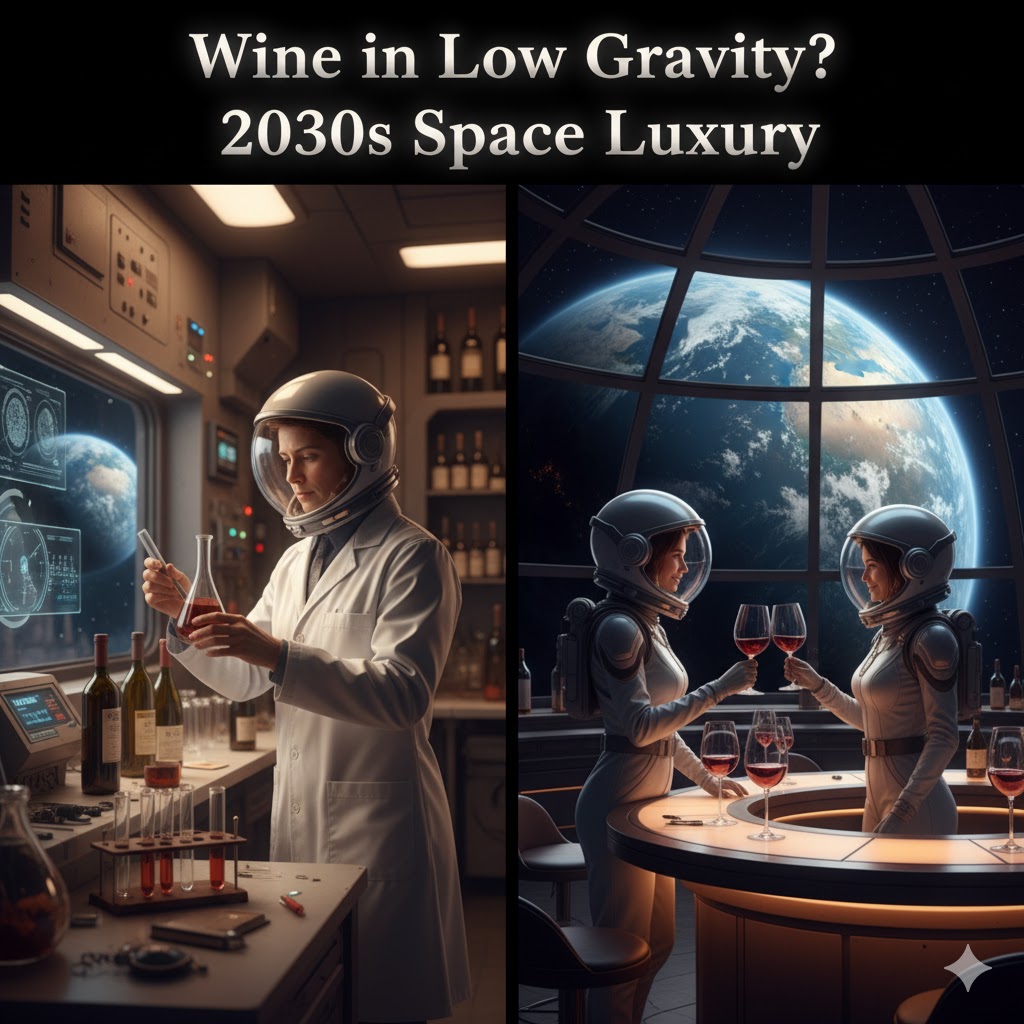

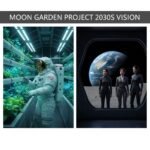
Pingback: Lunar Biosphere Tourism: Best Future of Green Life Beyond Earth (2030s Vision)